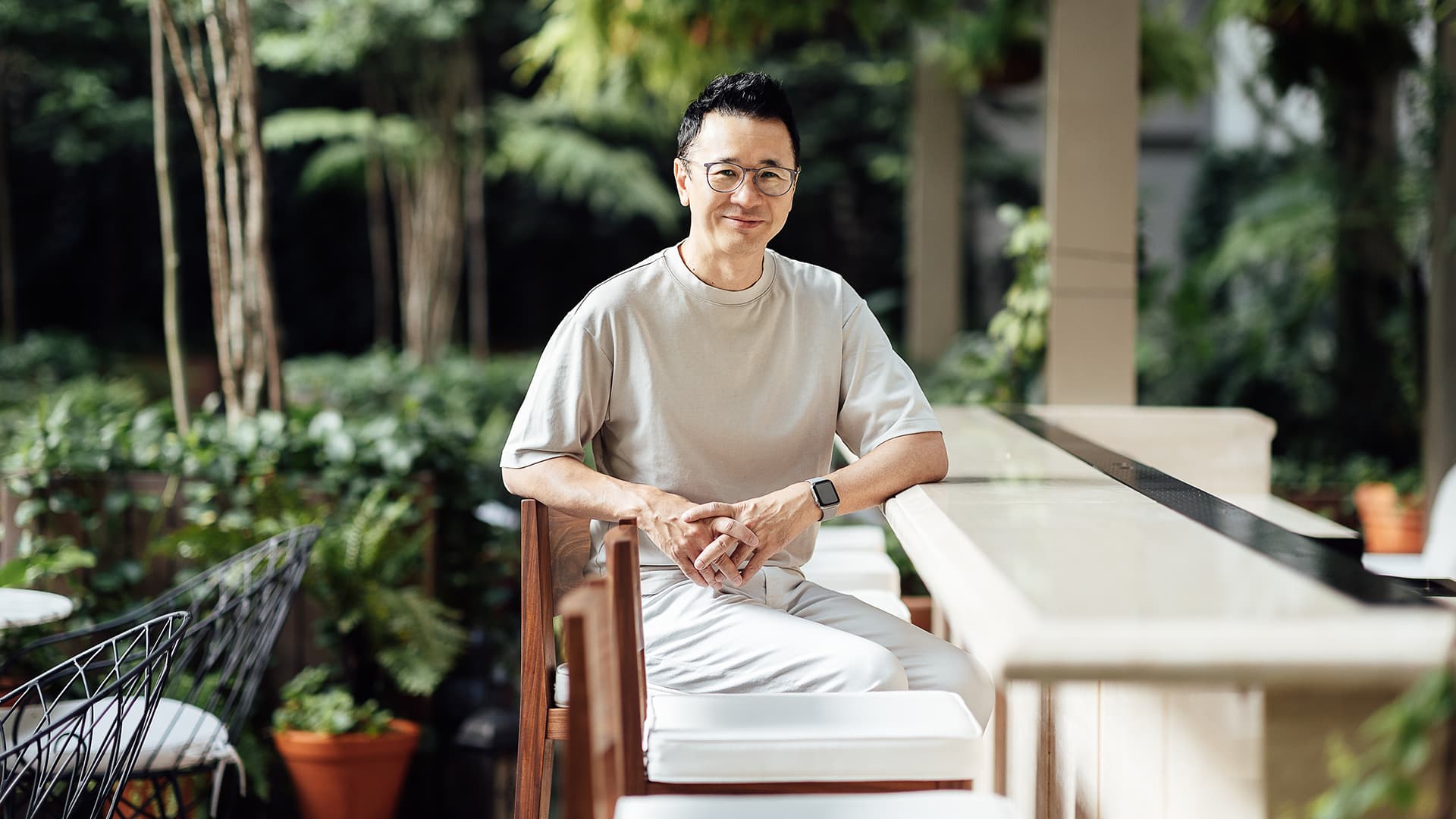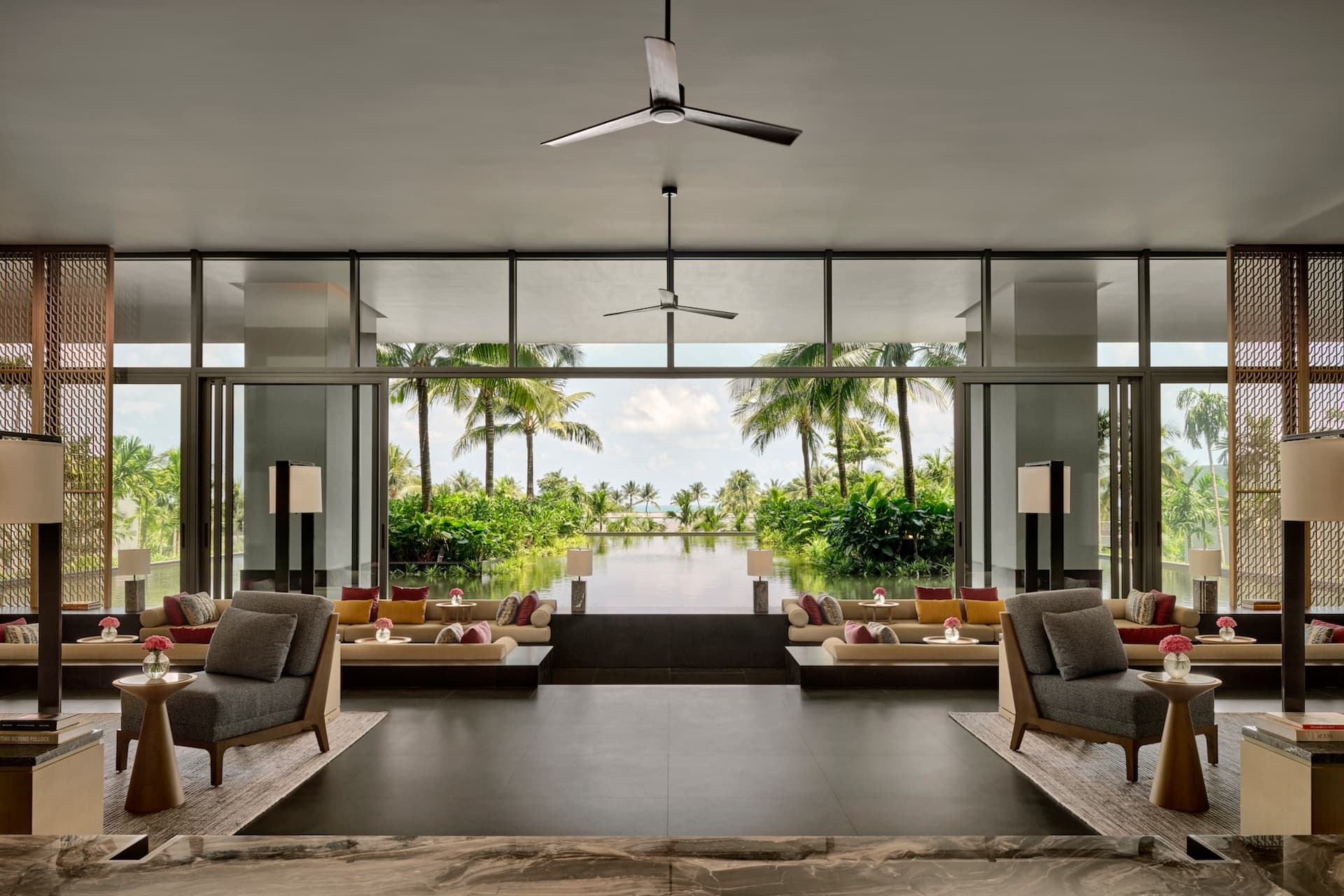Listening between the lines: How BLINK understands the unspoken
In the first of a series of monthly articles, BLINK founder and creative partner Clint Nagata shares his take on a number of industry-related topics. Clint will be exploring designing from the inside out, cultural appreciation versus cultural appropriation, and how Millennials and Gen Z are changing the face of luxury hospitality. But, first up, how BLINK understands the unspoken.

At BLINK, we’ve responded to countless briefs over the past two decades, and we often find that regardless of how well a brief is written, it rarely captures what a client is trying to get across. For us, a client’s wants and needs don’t really become crystal clear until we get face-to-face with them and on the ground at the project’s location.
Sometimes it’s not what you answer, it’s what you ask
Whether or not a client is new to BLINK, our first response to a brief is to strike up a conversation. This is the first opportunity for fact-finding and discovery. This is when we begin to distil down to the essence of the project and try to connect both consciously and subconsciously with the sense of place that is so primary to creating appropriate design.
“It’s getting into semantics but seeing and feeling are very different. Seeing is easy to realise, feeling takes a lot more work.”
The client, which in our case is usually the landowner or the owner of an existing hotel or resort, will have spent months if not years thinking about what they want their project to be, which means those ideas will likely be deeply entrenched. However, they may not have the design language to relay them. So, I try to put myself in their shoes to uncover the real message. When I first meet a client, the first thing I ask is, ‘What do you want a guest to feel when they enter a space?’ It’s getting into semantics but seeing and feeling are very different. Seeing is easy to realise, feeling takes a lot more work.
We worked with a client recently who initially asked for overwater villas. If you took them literally, they were clearly telling us what they wanted physically, but through the posing of a number of forensic questions, we discovered that what they really wanted was something that would simply be the talk of the town. Armed with this information, we could propose a series of suggestions that would help them achieve their goal but would be more in keeping with the location and the eventual customer.

Compromise is not a dirty word
We also find that when a client clearly expresses what they don’t want, it can really help us deduce what they do want. Only yesterday, I was on a call with a client for whom we’re designing spaces in a W resort. The client had seen the W Mina Seyahi in Dubai, on which we also worked, and had loved it, but they didn’t like all the colour. For this new W resort, we added just one single note of colour in unexpected places. This decision ensures the new design remains on brand and embodies the W DNA but is tailored to the client’s personal taste and understanding of what a W can be.
It’s also about boots on the ground
As well as reinterpreting conversations with clients, experiencing a place always trumps researching a place. It sounds obvious, but it makes a world of difference. Recently, I visited Bodrum in Turkey, where we have a new resort project. When I first arrived, I sat on the beach in silence, and all I could hear was the wind blowing through the trees. For me, that set the tone of the project. It’s something you’ll never capture through photos or drone footage. It’s something you must experience physically. It’s a very powerful moment, and it always drives our designs forward. There are around 2,000 trees on the Bodrum site, and we’re going to keep nearly all of them because you need the trees to hear the wind blowing through them.
“Understanding what is not said in luxury hotel designs is akin to listening to a beautifully composed piece of music in which the pauses between notes are as essential as the melody itself.”
Understanding the unspoken
I think these are the reasons clients initially hire us and keep coming back, even if they don’t know it specifically. They enlist us to help them realise their vision through our interpretation of their brief, brand and location – all observed through our alternative set of lenses. Understanding what is not said in luxury hotel designs is akin to listening to a beautifully composed piece of music in which the pauses between notes are as essential as the melody itself. This is why at BLINK everybody works to the mantra: The most profound conversations happen in the silence between spoken words.




